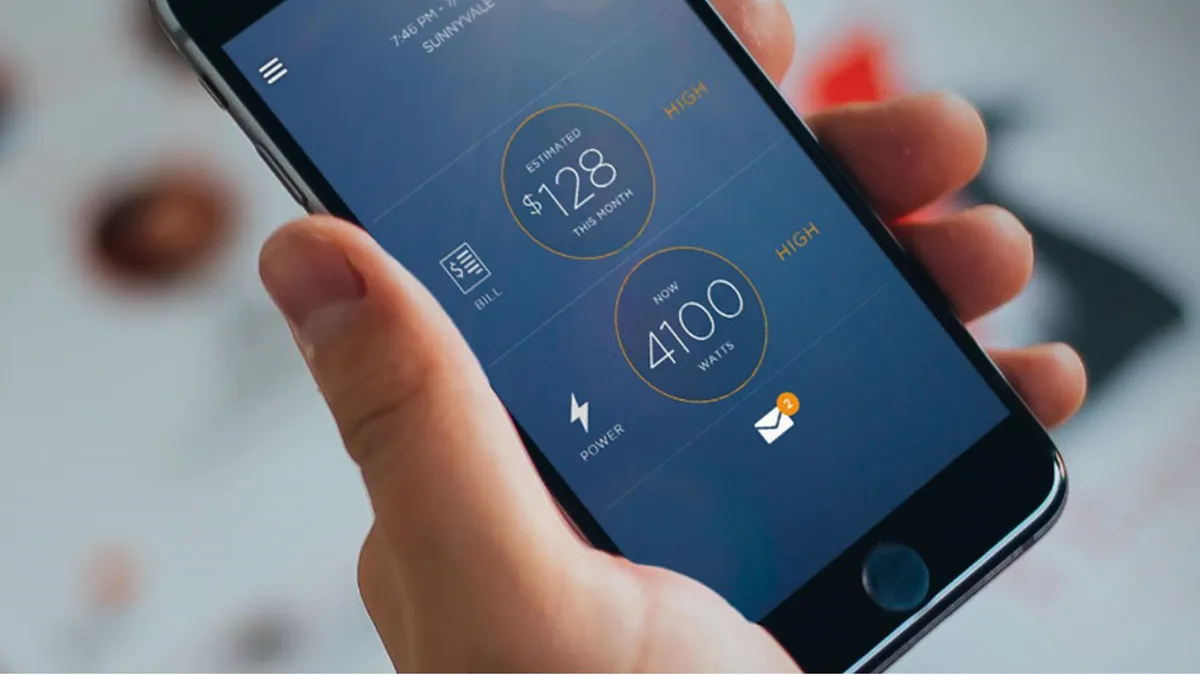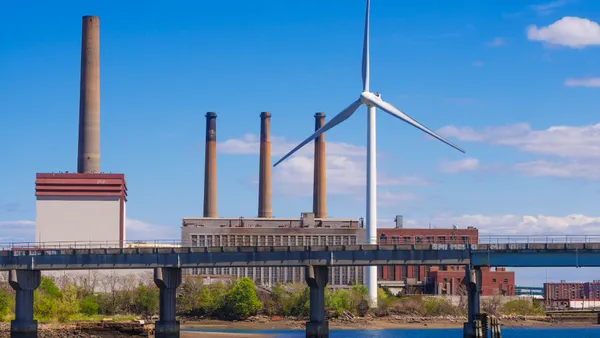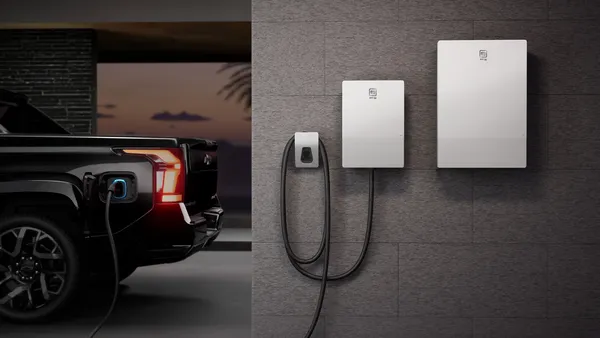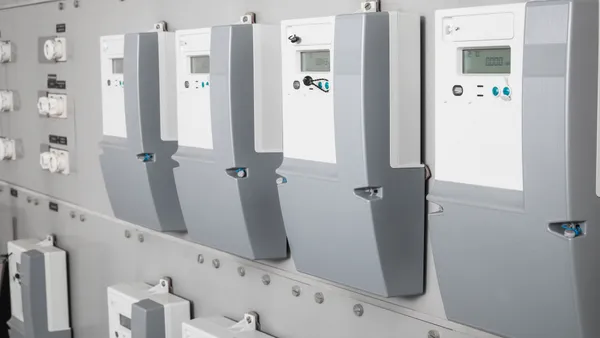Roughly half of your home's energy use is determined by the weather, so linking residential power with weather analysis seems like common sense – less of a leap than being offered free premium cable channels by your energy company. Earth Networks, creators of the popular WeatherBug app, believes its army of sensors and home insights could actually turn unpredictable weather into a resource for utilities.
“We like to refer to it as intelligent demand response,” said Leslie Ferry, chief marketing officer for the Maryland-based company.
Different from behavioral demand response, or more traditional programs focused on direct control, Earth Networks is combining granular weather analytics, smart meter data and a thermodynamic home model to help utilities avoid “demand events” surrounding heating or cooling.
The company has more than 10,000 weather observation points around the world, and 75% of those are in the United States. “Because of our neighborhood-level data we have very precise insights into weather's impact on homes. We've integrated smart meter data from the utility with a home's profile to build out a thermodynamic model,” Ferry said. “Now with the integration of connected devices, the connected thermostat, we can better better predict energy usage and costs.”
“We're able to help utilities manage the grid and assist in their demand response efforts,” she said. “We can start to cool a home an hour or two in advance, ahead of a peak time, to help utilities avoid a demand event.”
But getting from "Will it rain today?" to demand response takes a couple of steps. The mobile app has a “home” section allowing customers to connect compatible devices, like a thermostat, to utility data, and the goal is for the app to become a customer's “hub” for weather data and climate control.
“Consumers will start to allow us to help control their thermostat,” Ferry said. The app boasts 20 million users, so it enjoys recognition and trust, and that heating and cooling control is how the company will create a demand response resource. From there, the company can help utilities manage demand, bid the resource into capacity markets, and avoid power spikes as customers return home in the evening and begin heating their homes, for instance. And because the app can take into account a home's efficiency, it can pre-warm or cool a home depending on the home's specific characteristics.
Earth Networks launched the service last year with Honeywell, Nest, Samsung SmartThings, and Accelerated Innovations, as partners. The company is processing 25 terabytes of real-time weather data daily, and will now be pairing that with utility data and information from connected devices.
“When those three data points are integrated, we can predict energy use and provide services to utilities for demand response and efficiency,” Ferry said. “That's one of our core competencies, because we've been managing massive amounts of data for so long.”
Finding a niche
As connected devices use more power and provide more data, companies are quickly moving to harness that information and develop demand management presence. Processing power has overtaken switch installation.
“We know that there is going to be a growth in energy use … so people are really looking into this, how they can help utilities manage the grid,” Ferry said. “There will continue to be additional ways to measure energy usage. Everyone is trying to help utilities with grid management, and we're on the leading edge with weather data.”
Earth Networks is currently testing out its WeatherBug Home offerings in a “handful of pilots,” Ferry said, in Texas and the Northeast. In the past, the company worked with utilities in examining meter data (not necessarily advanced), to create home profiles. Utilities would then communicate those insights with a home scorecard to consumers.
“That was all behavioral demand response,” Ferry said. “We realized that with the proliferation of smart devices we could integrate real-time smart meter data and our weather data to give a very rich, predictive energy use and cost analysis. And with that, push consumers to have us automatically control their energy use through their smart device.”













